- 23
- Mar
Чому зменшується ємність літієвих акумуляторів, хтось остаточно підсумував
Літій-іонні акумулятори є найбільш швидкозростаючими вторинними батареями після нікель-кадмієвих і нікель-водневих акумуляторів. Його високоенергетичні властивості роблять його майбутнє яскравим. Однак літій-іонні батареї не є ідеальними, і їх найбільшою проблемою є стабільність їх циклів заряд-розряд. У цій статті узагальнено та проаналізовано можливі причини згасання ємності літій-іонних акумуляторів, включаючи перезаряд, розкладання електроліту та саморозряд.
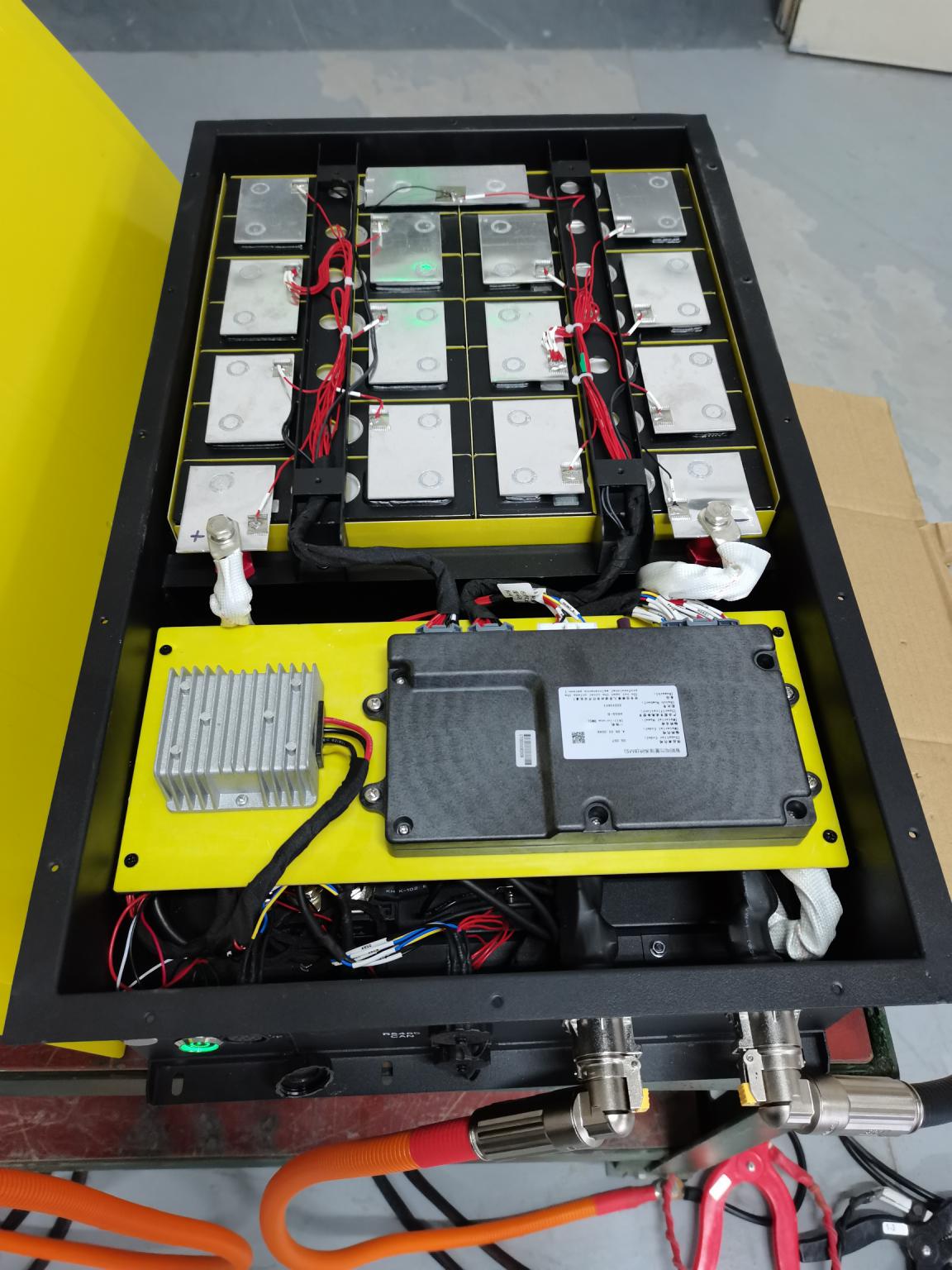
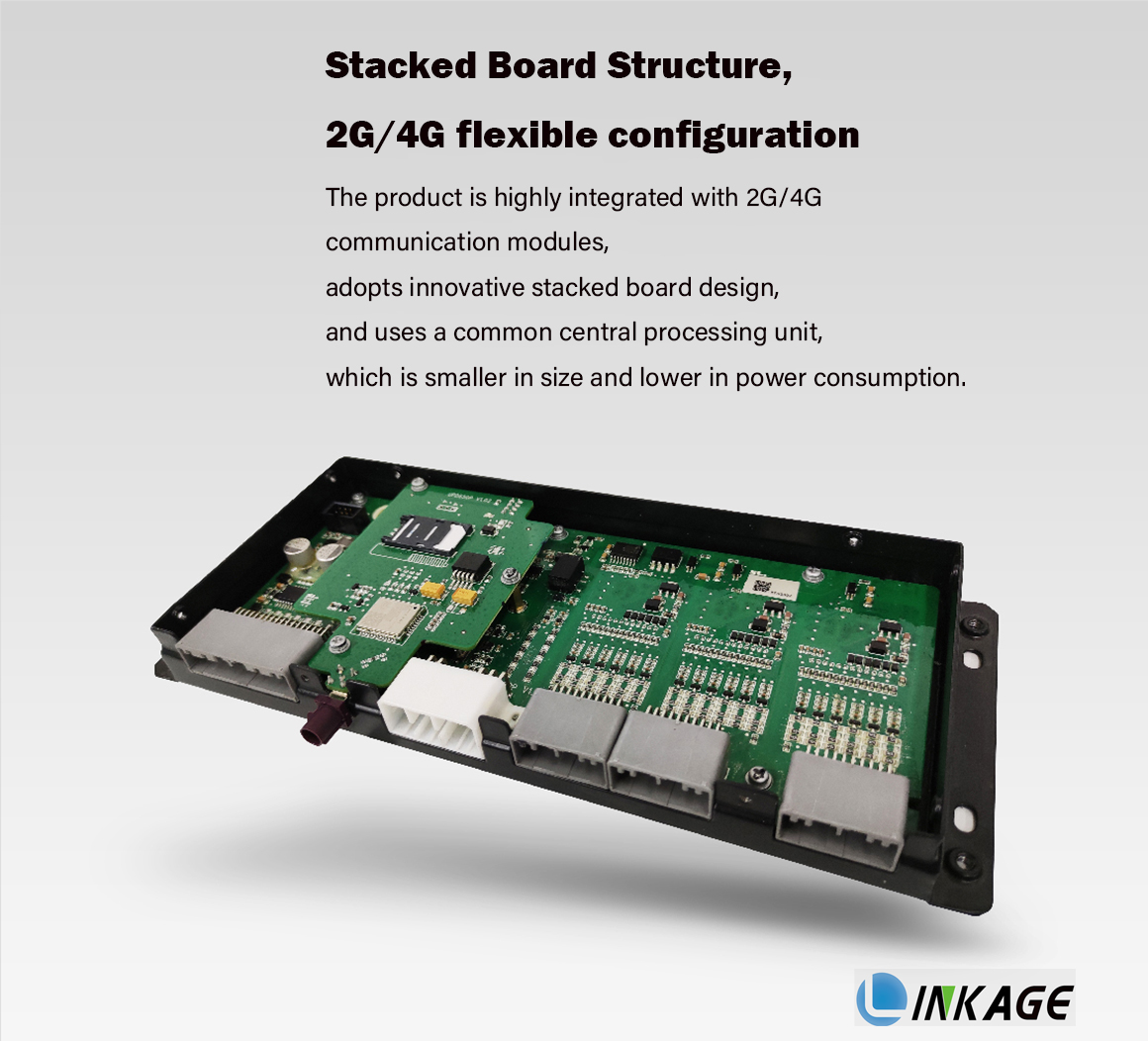
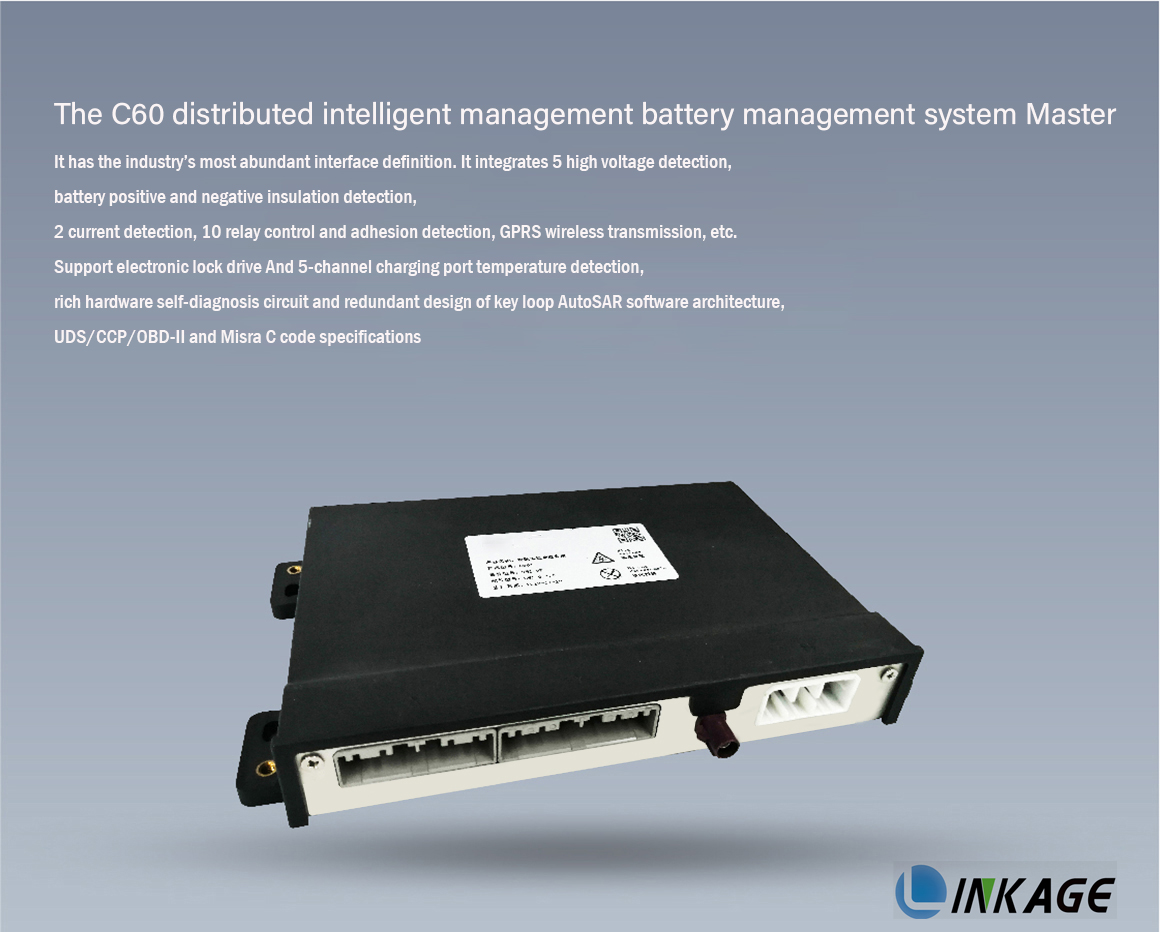
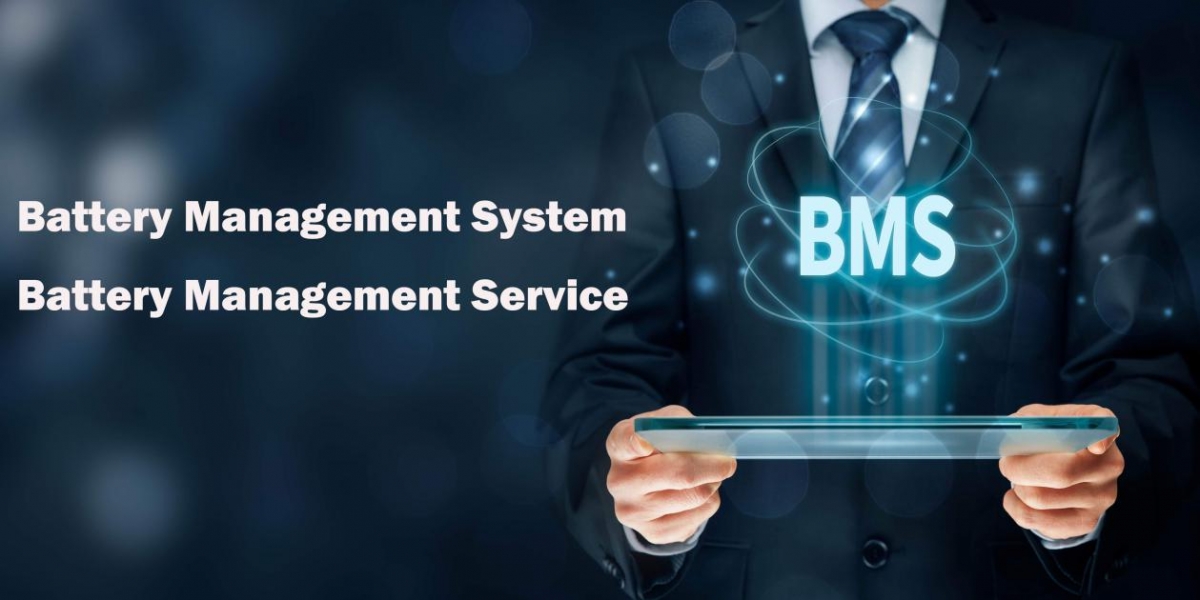
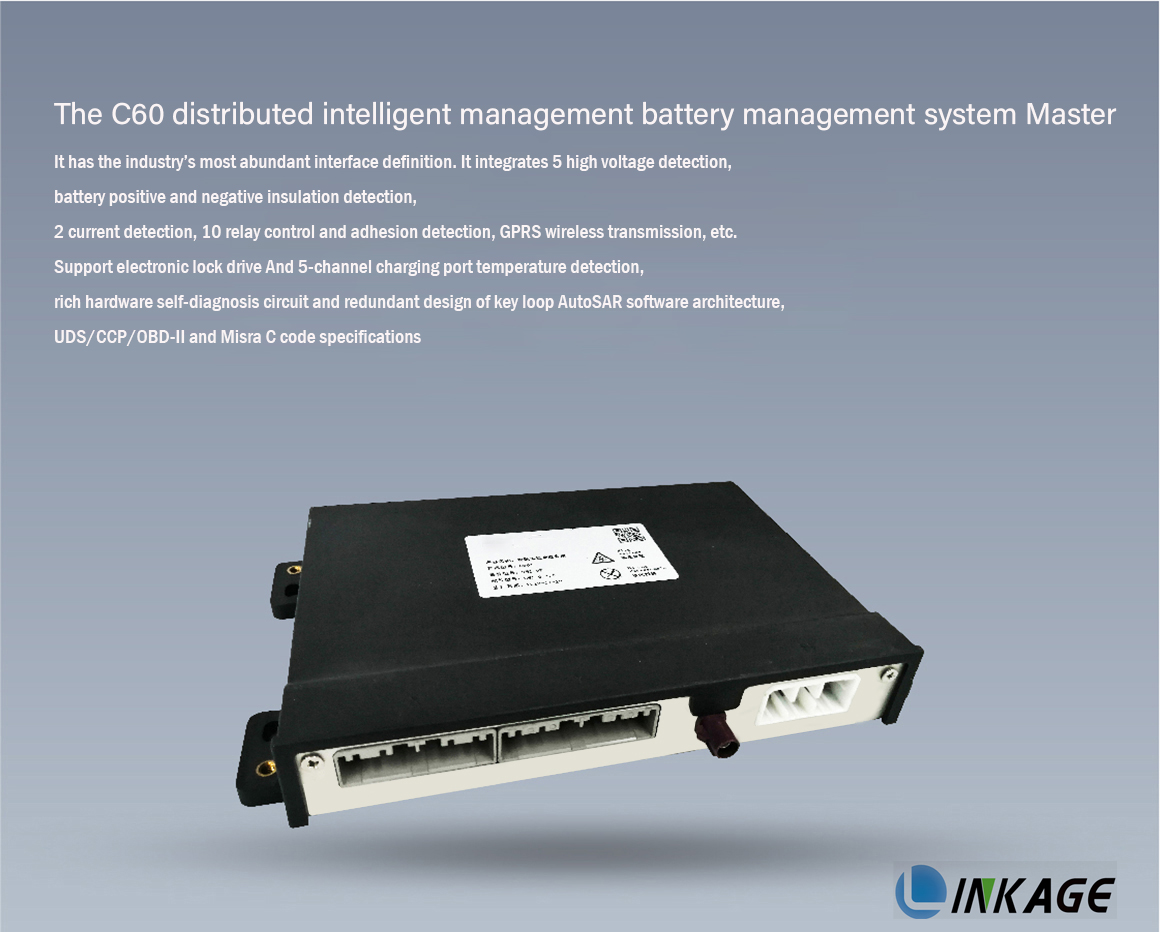
Lithium-ion batteries have different intercalation energies when intercalation reactions occur between the two electrodes, and in order to obtain the best performance of the battery, the capacity ratio of the two host electrodes should maintain a balanced value.
In lithium-ion batteries, the capacity balance is expressed as the mass ratio of the positive electrode to the negative electrode,
Тобто: γ=m+/m-=ΔxC-/ΔyC+
У наведеній вище формулі C означає теоретичну кулонівську ємність електрода, а Δx і Δy — стехіометричне число іонів літію, вбудованих в негативний електрод і позитивний електрод відповідно. З наведеної вище формули видно, що необхідне відношення мас двох полюсів залежить від відповідної кулоновської ємності двох полюсів і кількості їх відповідних оборотних іонів літію.
картина
Generally speaking, a smaller mass ratio leads to incomplete utilization of the negative electrode material; a larger mass ratio may cause a safety hazard due to the overcharge of the negative electrode. In short, at the optimized mass ratio, the battery performance is the best.
Для ідеальної системи літій-іонних батарей баланс ємності протягом її циклу не змінюється, а початкова ємність у кожному циклі становить певне значення, але реальна ситуація набагато складніша. Будь-яка побічна реакція, яка може генерувати або споживати іони або електрони літію, може призвести до зміни балансу ємності акумулятора. Як тільки стан балансу ємності акумулятора змінюється, ця зміна є незворотною і може накопичуватися протягом кількох циклів, що призводить до підвищення продуктивності акумулятора. Серйозний вплив. У літій-іонних батареях, крім окисно-відновних реакцій, які відбуваються при деінтеркаляції іонів літію, існує також велика кількість побічних реакцій, таких як розкладання електроліту, розчинення активного матеріалу та осадження металевого літію.
Причина 1: Перезарядка
1. Overcharge reaction of graphite negative electrode:
When the battery is overcharged, lithium ions are easily reduced and deposited on the surface of the negative electrode:
картина
Нанесений літій покриває поверхню негативного електрода, блокуючи проникнення літію. Це призводить до зниження ефективності розряду та втрати ємності через:
①Зменшити кількість літію, що підлягає переробці;
②The deposited metal lithium reacts with the solvent or supporting electrolyte to form Li2CO3, LiF or other products;
③ Металевий літій зазвичай утворюється між негативним електродом і сепаратором, що може блокувати пори сепаратора і збільшити внутрішній опір батареї;
④ Due to the very active nature of lithium, it is easy to react with the electrolyte and consume the electrolyte, resulting in a reduction in discharge efficiency and a loss of capacity.
Fast charging, the current density is too large, the negative electrode is severely polarized, and the deposition of lithium will be more obvious. This is likely to occur when the positive electrode active material is excessive relative to the negative electrode active material. However, in the case of a high charging rate, deposition of metallic lithium may occur even if the ratio of positive and negative active materials is normal.
2. Реакція перезаряду позитивного електрода
When the ratio of positive electrode active material to negative electrode active material is too low, positive electrode overcharge is likely to occur.
The capacity loss caused by overcharge of the positive electrode is mainly due to the generation of electrochemically inert substances (such as Co3O4, Mn2O3, etc.), which destroy the capacity balance between the electrodes, and the capacity loss is irreversible.
(1) LiyCoO2
LiyCoO2→(1-y)/3[Co3O4+O2(g)]+yLiCoO2 y<0.4
At the same time, the oxygen generated by the decomposition of the positive electrode material in the sealed lithium-ion battery accumulates at the same time because there is no recombination reaction (such as the generation of H2O) and the flammable gas generated by the decomposition of the electrolyte, and the consequences will be unimaginable.
(2) λ-MnO2
The lithium-manganese reaction occurs when the lithium-manganese oxide is completely delithiated: λ-MnO2→Mn2O3+O2(g)
3. При перезарядці електроліт окислюється
When the pressure is higher than 4.5V, the electrolyte will be oxidized to generate insolubles (such as Li2Co3) and gases. These insolubles will block the micropores of the electrode and hinder the migration of lithium ions, resulting in capacity loss during cycling.
Фактори, що впливають на швидкість окислення:
The surface area of the positive electrode material
Матеріал струмоприймача
Доданий електропровідний агент (сажа тощо)
Тип і площа поверхні сажі
Among the more commonly used electrolytes, EC/DMC is considered to have the highest oxidation resistance. The electrochemical oxidation process of solution is generally expressed as: solution→oxidation product (gas, solution and solid matter)+ne-
The oxidation of any solvent will increase the electrolyte concentration, decrease the electrolyte stability, and ultimately affect the capacity of the battery. Assuming that a small amount of electrolyte is consumed each time it is charged, more electrolyte is required during battery assembly. For a constant container, this means that a smaller amount of active substance is loaded, which results in a decrease in the initial capacity. In addition, if a solid product is produced, a passivation film will be formed on the surface of the electrode, which will increase the polarization of the battery and reduce the output voltage of the battery.
Reason 2: Electrolyte decomposition (reduction)
Розкладаю на електроді
1. На позитивному електроді розкладається електроліт:
The electrolyte consists of a solvent and a supporting electrolyte. After the cathode is decomposed, insoluble products such as Li2Co3 and LiF are usually formed, which reduce the battery capacity by blocking the pores of the electrode. The electrolyte reduction reaction will have an adverse effect on the capacity and cycle life of the battery. The gas generated by the reduction can increase the internal pressure of the battery, which can lead to safety problems.
Напруга розкладання позитивного електрода зазвичай перевищує 4.5 В (порівняно з Li/Li+), тому вони не легко розкладаються на позитивному електроді. Навпаки, електроліт легше розкладається на негативному електроді.
2. The electrolyte is decomposed on the negative electrode:
The electrolyte is not stable on graphite and other lithium-inserted carbon anodes, and it is easy to react to generate irreversible capacity. During the initial charge and discharge, the decomposition of the electrolyte will form a passivation film on the surface of the electrode, and the passivation film can separate the electrolyte from the carbon negative electrode to prevent further decomposition of the electrolyte. Thus, the structural stability of the carbon anode is maintained. Under ideal conditions, the reduction of the electrolyte is limited to the passivation film formation stage, and this process does not occur when the cycle is stable.
Formation of passivation film
The reduction of electrolyte salts participates in the formation of the passivation film, which is beneficial to the stabilization of the passivation film, but
(1) Нерозчинна речовина, утворена відновленням, матиме негативний вплив на продукт відновлення розчинником;
(2) The concentration of the electrolyte decreases when the electrolyte salt is reduced, which eventually leads to the loss of battery capacity (LiPF6 is reduced to form LiF, LixPF5-x, PF3O and PF3);
(3) The formation of the passivation film consumes lithium ions, which will cause the capacity imbalance between the two electrodes to reduce the specific capacity of the entire battery.
(4) Якщо на пасиваційній плівці є тріщини, молекули розчинника можуть проникати та потовщувати пасиваційну плівку, яка не тільки споживає більше літію, але також може блокувати мікропори на поверхні вуглецю, що призводить до неможливості введення літію та видобутий. , що призводить до необоротної втрати працездатності. Додавання деяких неорганічних добавок до електроліту, таких як CO2, N2O, CO, SO2 тощо, може прискорити утворення пасиваційної плівки та інгібувати спільне введення та розкладання розчинника. Додавання органічних добавок краун-ефіру також має такий же ефект. 12 крон і 4 ефіри – найкращі.
Factors for film capacity loss:
(1) Тип вуглецю, що використовується в процесі;
(2) Electrolyte composition;
(3) Additives in electrodes or electrolytes.
Блайр вважає, що реакція іонного обміну просувається від поверхні частинки активного матеріалу до її ядра, утворена нова фаза ховає вихідний активний матеріал, а на поверхні частинки утворюється пасивна плівка з низькою іонною та електронною провідністю, тому шпінель після зберігання Більша поляризація, ніж до зберігання.
Чжан виявив, що опір поверхневого пасиваційного шару збільшується, а міжфазова ємність зменшується зі збільшенням кількості циклів. Це відображає, що товщина шару пасивації збільшується з кількістю циклів. Розчинення марганцю і розпад електроліту призводять до утворення пасиваційних плівок, а високі температури більш сприятливі для перебігу цих реакцій. Це збільшить опір контакту між частинками активного матеріалу та опір міграції Li+, тим самим збільшуючи поляризацію батареї, неповну зарядку та розрядку та зменшуючи ємність.
II Механізм відновлення електроліту
The electrolyte often contains oxygen, water, carbon dioxide and other impurities, and redox reactions occur during the charging and discharging process of the battery.
Механізм відновлення електроліту включає три аспекти: відновлення розчинника, відновлення електроліту та зменшення домішок:
1. Solvent reduction
The reduction of PC and EC includes one-electron reaction and two-electron reaction process, and the two-electron reaction forms Li2CO3:
Fong et al. believed that during the first discharge process, when the electrode potential was close to 0.8V (vs. Li/Li+), the electrochemical reaction of PC/EC occurred on graphite to generate CH=CHCH3(g)/CH2=CH2( g) and LiCO3(s), leading to irreversible capacity loss on graphite electrodes.
Аурбах та ін. провів широкі дослідження механізму відновлення та продуктів різних електролітів на літієвих металевих електродах та електродах на основі вуглецю і виявив, що механізм одноелектронної реакції ПК виробляє ROCO2Li та пропілен. ROCO2Li дуже чутливий до слідів води. Основними продуктами є Li2CO3 і пропілен у присутності слідів води, але Li2CO3 не утворюється в сухих умовах.
Відновлення ДВК:
Ein-Eli Y reported that the electrolyte mixed with diethyl carbonate (DEC) and dimethyl carbonate (DMC) will undergo an exchange reaction in the battery to generate ethyl methyl carbonate (EMC), which is responsible for the loss of capacity. certain influence.
2. Зниження електроліту
The reduction reaction of the electrolyte is generally considered to be involved in the formation of the carbon electrode surface film, so its type and concentration will affect the performance of the carbon electrode. In some cases, the reduction of the electrolyte contributes to the stabilization of the carbon surface, which can form the desired passivation layer.
It is generally believed that the supporting electrolyte is easier to reduce than the solvent, and the reduction product is mixed in the negative electrode deposition film and affects the capacity decay of the battery. Several possible reduction reactions of supporting electrolytes are as follows:
3. Impurity reduction
(1) Якщо вміст води в електроліті занадто високий, утворюватимуться відкладення LiOH(s) і Li2O, що не сприяє введенню іонів літію, що призводить до необоротної втрати ємності:
H2O+e→OH-+1/2H2
OH-+Li+→LiOH(s)
LiOH+Li++e-→Li2O(s)+1/2H2
Утворений LiOH(s) осідає на поверхні електрода, утворюючи поверхневу плівку з високим опором, яка перешкоджає вставці Li+ в графітовий електрод, що призводить до необоротної втрати ємності. Невелика кількість води (100-300×10-6) в розчиннику не впливає на роботу графітового електрода.
(2) The CO2 in the solvent can be reduced on the negative electrode to form CO and LiCO3(s):
2CO2+2e-+2Li+→Li2CO3+CO
CO збільшує внутрішній тиск батареї, а Li2CO3(s) підвищить внутрішній опір батареї та вплине на її продуктивність.
(3) The presence of oxygen in the solvent will also form Li2O
1/2O2+2e-+2Li+→Li2O
Оскільки різниця потенціалів між металевим літієм і повністю інтеркальованим вуглецем невелика, відновлення електроліту на вуглеці подібне до відновлення на літію.
Reason 3: Self-discharge
Саморозрядження відноситься до явища, що батарея втрачає свою ємність природним чином, коли вона не використовується. Саморозряд літій-іонного акумулятора призводить до втрати ємності в двох випадках:
One is the reversible capacity loss;
Друге – втрата необоротної працездатності.
Reversible capacity loss means that the lost capacity can be recovered during charging, while irreversible capacity loss is the opposite. The positive and negative electrodes may act as a microbattery with the electrolyte in the charged state, resulting in lithium ion intercalation and deintercalation, and intercalation and deintercalation of positive and negative electrodes. The embedded lithium ions are only related to the lithium ions of the electrolyte, so the capacity of the positive and negative electrodes is unbalanced, and this part of the capacity loss cannot be recovered during charging. Such as:
Позитивний електрод і розчинник з оксиду літію марганцю спричинять ефект мікробатареї та саморозряд, що призведе до необоротної втрати ємності:
LiyMn2O4+xLi++xe-→Liy+xMn2O4
Молекули розчинника (наприклад, ПК) окислюються на поверхні провідного матеріалу сажі або струмоприймача як анод мікробатареї:
xPC→xPC-radical+xe-
Аналогічно, негативний активний матеріал може взаємодіяти з електролітом, щоб викликати саморозряд і викликати необоротну втрату ємності, а електроліт (наприклад, LiPF6) зменшується на провідному матеріалі:
PF5+xe-→PF5-x
Карбід літію в зарядженому стані окислюється шляхом видалення іонів літію як негативного електрода мікробатареї:
LiyC6→Liy-xC6+xLi+++xe-
Factors affecting self-discharge: the manufacturing process of the positive electrode material, the manufacturing process of the battery, the properties of the electrolyte, temperature, and time.
